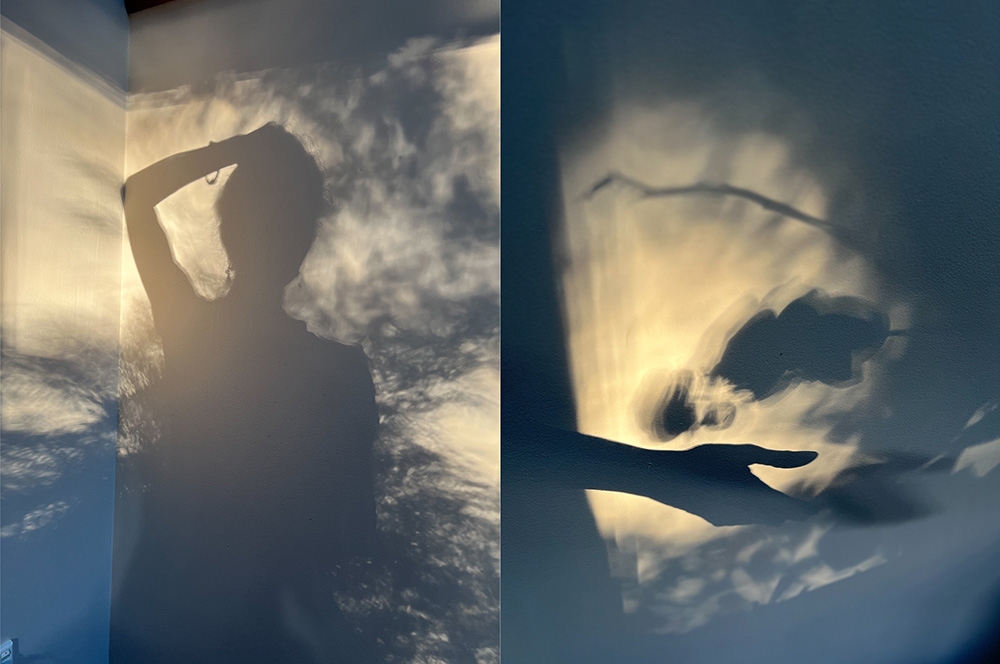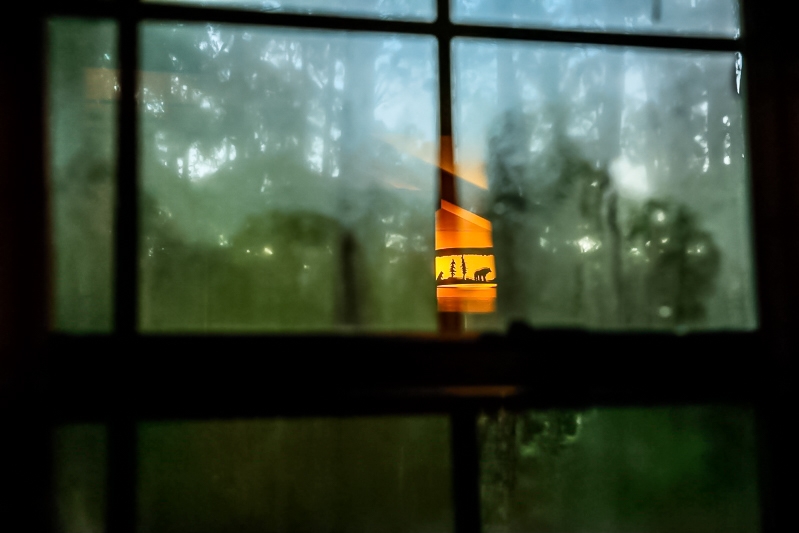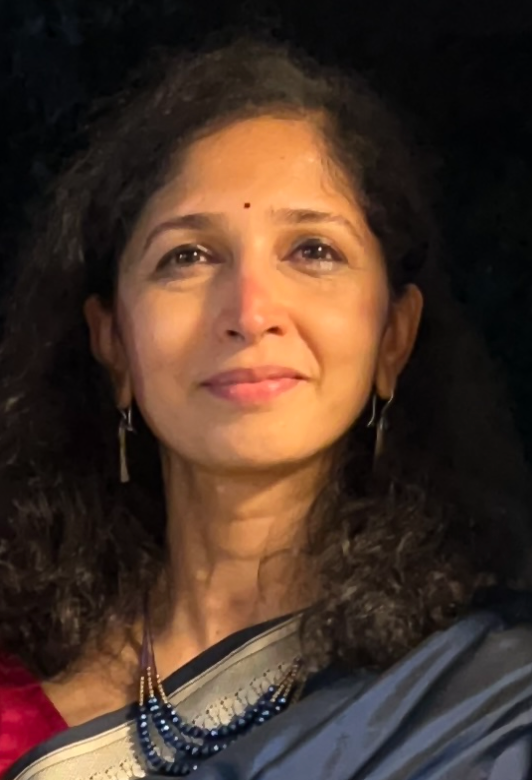WORDS AND PHOTOGRAPHY BYRanu Jain

“Do you need a prod?
Do you need a little darkness to get you going?
Let me be urgent as a knife, then,
and remind you of Keats,
so single of purpose and thinking, for a while,
he had a lifetime.”
On more than one occasion, the above lines from Mary Oliver’s poem “The Fourth sign of the Zodiac” have softened my heart and helped reshape my perspective on life in the face of many a dreary, despondent moment.
Oliver, remembering and honouring the poet John Keats who died at the young age of 25, but not before leaving one of the most celebrated poetic oeuvres in the world, evokes a sense of immediacy about belonging to the world. The imagery of the knife – gleaming, precise, sharp – is meant to fire the disconsolate heart, possibly awakening it to life. The poem is a luminous reminder that life is a dance of uncertainty; and therefore not a moment is to be squandered, in making what we can of the time we have left.

How does a poem do that? Offer consolation and hope to the trembling heart?
Poet and Zen monk Jane Hirshfield explains. “Entering a good poem, a person feels, tastes, hears, thinks and sees, in altered ways. We feel something stir, shiver, swim its way into the world when a good poem opens its eyes.”
Perhaps poetry is a wizard, a magician rending meaning out of thin air. A vessel birthing something new out of the old, a salve, for wounded hearts, restoring their spirits. By breaking into what we thought was true, the habitual continuum of the mind, poetry offers a space, to become aware, to listen, to see anew. A good poem is thus felt in the body, deepening and making more intimate our varied experiences of living in the world.



I am reminded here of poet and lyricist Gulzar, who weaves poetry in a way that makes commonplace words pull at the heartstrings. The lines from one of his many iconic songs, from the movie “Ghar”, “aapki aankhon mein kuchh mehke hue se raaz hain” (your eyes hide some scented mysteries), visualise eyes as “fragrant”, like they were blossoms carrying secrets. Or in the other love song from “Fiza”, where he writes “aahista pukaaro, sab sun lenge, bas labon se chhu lo, lab sun lenge” (whisper to me lest everyone hear us, let only our lips read each other). Gulzar paints a moment here where the lovers’ lips are accorded the status of listeners, as they come together in touch, which highlights masterfully, once again, the deep interplay of different senses to amplify the effect of a certain thought and the accompanying emotion, and to elevate the experience of listening to, and feeling a song.

Gulzar’s use of synaesthesia as a poetic device where one sense can be attributed to another, shows how fluid the functionality of the senses is, and how the complex intermingling of unrelated sensations can bring about a unity of the same. A smell expresses a sight, a touch expresses a sound.
Invoking emotive feelings of interiority, poetry also brings to light, from its metaphoric goldmine, what was hidden so far, in ways that are different from, but not dissimilar to photography, its soul-sister.
Photography, though a much later invention than words and music, is an alchemist too, working with light to transform the haze of the mundane into the brilliance of its exquisiteness, invisible till now. Both experiences open our senses, asking us to notice things, to remember the things we see, touch, taste, smell, and feel, to savour each moment intensely, thus anchoring us in the present.
Photographer Henri Cartier-Bresson says: “To photograph is to hold one’s breath, when all faculties converge to capture a fleeting reality. It’s at that precise moment that mastering an image becomes a great physical and intellectual joy.” It is “‘seeing” with the inner, intuitive eye. A suprasensual exercise! Like how a child would see, with a sense of wonder and awe, with all the senses, their whole being, in attention.


For the world, being full of the most wondrous things, commands that kind of engagement. German biologist, Jakob von Uexküll, talks about each species in the world having their own umwelt, a unique, subjective, sensory world. And these sensory variations between us account for the rich diversity in the world, besides each serving a certain purpose and usefulness.
Warsaw clams in Poland that live in the water supply of the Fat Kathy pumping station, serve the purpose of cleaning the water. Being ultra sensitive to pollutants like heavy metals, the clams close up upon detecting the nasties in the water, which triggers an alarm in the station, thus driving action to prevent the undesirable chemicals infiltrating the water. Studies on bioacoustics also show the connection between the opening up of certain plants and early morning bird song. The plants’ stomata (tiny openings on the underside of leaves) are believed to open up in order to receive micronutrients from air, when birds are at their chirpiest, like at dawn. And who knows if the same bird song is released into the air for us humans too, to allow for the expansion of our hearts and souls! Perhaps the early morning notes from the birds herald new beginnings for us, as an expression of hope and possibilities, with the birth of a new day.
To open our eyes to this wide web of “energy”, where everything is so interconnected, is to perhaps also realise that no one is alone, and thus to feel a sense of expansiveness in one’s existence. To me, it also shows how poetry is at the heart of this – this wonder at the intricate grandeur of nature. For poetry sees the world as a kindred universe, where everything is in an inseparable kinship with one another, has a role in the greater “whole”, and therefore merits attention and celebration.

Little poems are themselves found perched here and there like fairies or wild spirits, or fluttering around us like butterflies.

Perhaps one of my first moments of this awareness was noticing one day how my grandmother’s cotton sari, hung out to dry, was swaying in the breeze, catching sunlight in its folds.
If we listened, we might hear them, poems breathing, everywhere.
In the cobwebs on a windowpane, that resemble neural networks in a human body.
Or the dew-laden web of a spider, on a cold morning, mimicking a galaxy.
The squiggles on a tree that echo the art of twigs on water. Or a dragonfly poised on the wall, a delicate, winged dancer.


Rain drops that make concentric rings in water appear, and disappear.
Afternoon light on the wall in the guise of silk, a soft shimmer.
Afternoon light on the wall in the guise of silk, a soft shimmer.
The moment when rain turns the earth into a starry canvas, twinkling bright.
And the sun in water, is momentarily touchable, as a drop of light.
Me becoming a garden in a moment of reflection.
Also one afternoon with water; in idle conversation.
A blade of grass on water, or a solitary pen.
A Koan-like riddle, from a place of Zen.
As I write this, I can hear the whistling crescendo of the train passing by in the distance, both business-like and romantic. I am made aware once again, of how fast the world passes, but also of how it can be held for a while, when we pause. Of how moments hold immense power to save us from inattention, if only we let them.
To see. To feel what could be, and not just what ‘‘is’’. Making the world a little more mystical, a little less certain. And reclaiming our sensorial connections that may have withered in our gallop through life, so we can henceforth walk more fully in awareness, grace and gratitude.

